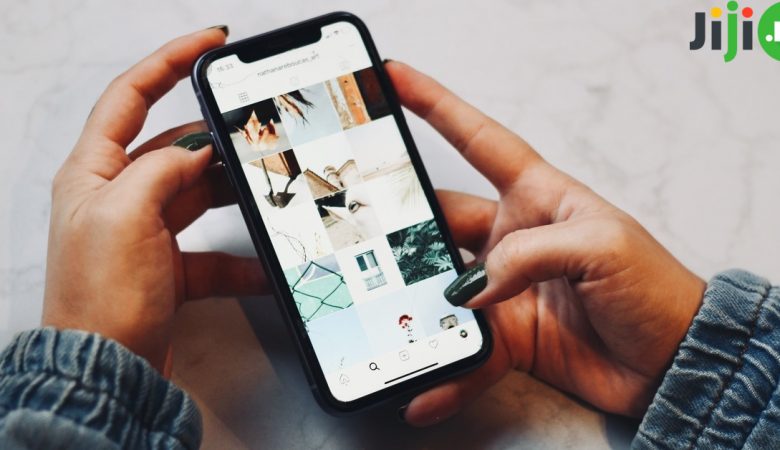New mobile phones come with more and more internal memory, but sometimes even the most generous storage isn’t enough. You may use an older smartphone and not want to change it, or you can simply feel like your current storage is too limited. Here are a few ways to increase your smartphone’s internal memory.
Shop thousands of mobile phones for any budget on Jiji
1. Use a memory card
You are probably already using an SD card to increase the storage on your phone, but normally a memory card is only used to store photos, videos, apps, and other media. However, you can successfully use a memory card to increase the internal storage on your Android smartphone. To do it, you will need a computer with a card reader and special software that will allow you to allocated a part of your memory card’s storage for your phone’s internal storage needs. Note that your phone needs to be rooted for this solution to work.
Read more: How To Root An Android Phone
2. Use cloud storage
No matter how generous your phone’s built-in storage may be, you can always increase it by opting for a cloud solution. There are numerous services that can securely store your data in a cloud for a small fee, and some, including Google, Amazon, and Dropbox, even allow you to do it for free. Simply transfer the photos, videos, and other media from your phone’s storage to a cloud solution and enjoy all the free space your phone now has to offer.
3. Use USB OTG
USB OTG, or USB On-The-Go, is one of the fastest and most effective ways to increase the internal storage on your phone without meddling with the software. A USB OTG storage device connects to your phone, typically via a headphone jack, and allows you to transfer any files to it as you would do with a regular USB drive on your computer. You can then plug your USB OTG device to any other smartphone or computer, and see the free storage space on your phone go up.
Read more: How To Reduce Data Consumption On Android
4. Remove cached app data
The apps you are using on your phone every day store their data in cache files. They are not instantly visible when you browse your device, so you may think that there isn’t a lot of unwanted data on your device. However, those cache files can occupy a lot of storage on your smartphone. To get rid of the unnecessary app data, open your Android phone’s settings, then go to Storage -> Cached data -> Clear cached data and confirm your decision to wipe out all the cache files.
5. Get rid of anything you don’t need
If your phone’s storage is full and you want to clear out some space, the first thing you need to do is look at everything stored on your device to see whether you really need it. If a substantial part of your gallery is occupied by multiple versions of the same photo or screenshots you don’t need; if your app screens are filled with apps you no longer use; if you have a long list of downloads you no longer need, then take a critical look at all those files and remove anything you can’t live without to save some storage space on your phone.
Read more: 10 Tips For Making Your Phone’s Battery Life Better

Buy and sell with confidence from your phone using the Jiji app










